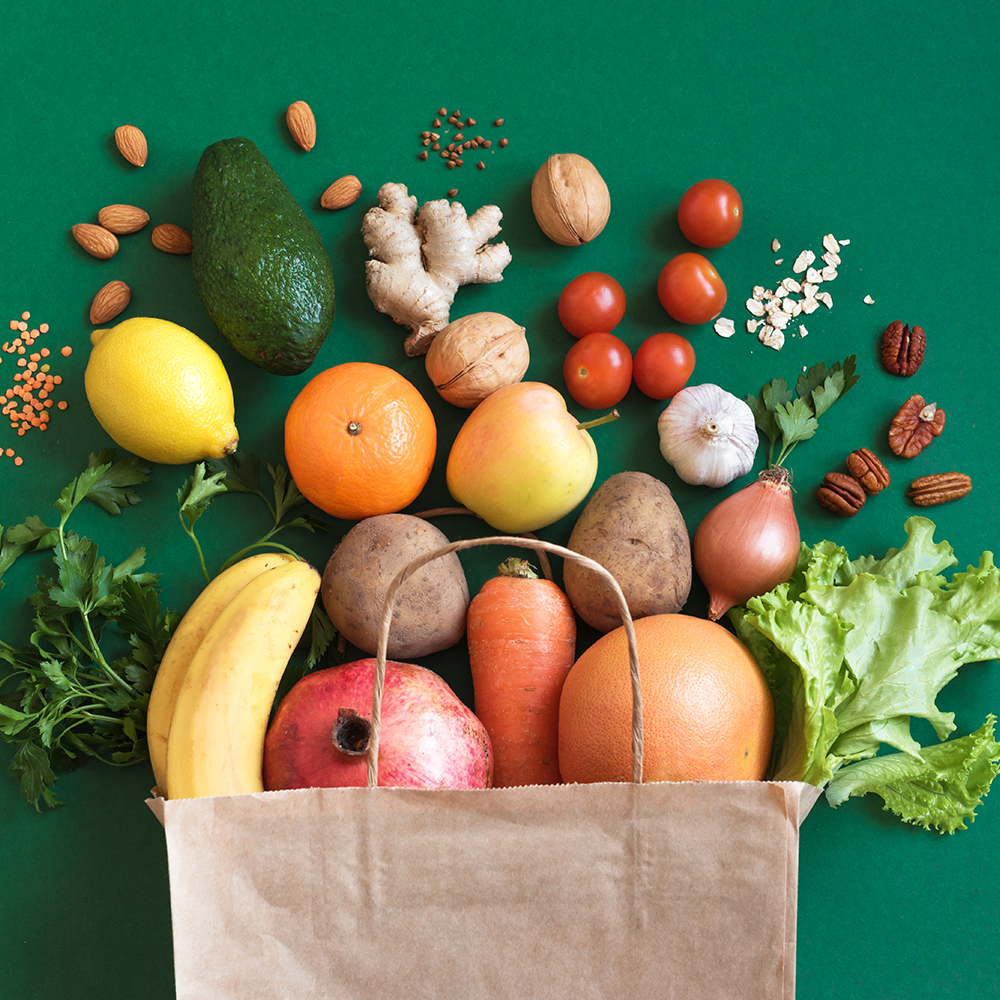
Those who are accustomed to reading food labels before making a purchase will surely have noticed how much the phrase “may contain traces of…” is present more or less everywhere. But exactly when and why is this wording included on food labels?
Cross contamination, or cross-contamination, is accidental contamination with a common allergen during the manufacturing process. This contamination can occur at any point in the supply chain: from raw material collection/storage to final packaging.
This means that the product bearing this claim does not necessarily contain the indicated allergen, simply that other products containing it are also stored, processed, transformed and packaged in the production facility.
The claim refers to the most common allergens (14 in all) for which labeling is mandatory: gluten, shellfish, fish, peanuts, soy, milk, eggs, nuts, celery, mustard, sesame, lupine, sulfites, and shellfish.
The indication of the possible presence of traces of an allergen serves to protect the health of those who suffer from food allergies and intolerances, knowing that in severe cases even very small doses of a particular substance can cause serious discomfort.
In fact, a product that reports the presence of possible traces of milk, is it vegan? It tends to be.
As noted above, a product with such a claim does not necessarily contain milk. In addition, because of the principle of “unintentionality” in contamination, the production method must necessarily be set up in such a way as to avoid contact between the finished product and the allergen, such as by adopting a dedicated production line or carrying out systematic washing of machinery at the end of each production cycle. Indeed, it should be remembered that the presence of the possible allergen, to be considered a trace and not an ingredient, is very low.
Excerpted from “The Food Labeling Vademecum for the Veg Consumer” edited by V Label Italy
Therefore, the V-Label accepts that the label contains indications of the presence of possible traces of ingredients/raw materials that are not allowed by its specifications (vegetarian – vegan – raw vegan) because both the level of possible cross contamination and the good production procedure suitable to avoid voluntary contamination are still verified.
The level of possible cross contamination is measured by special DNA tests. In cases of higher risk or with positive test, inspection by an accredited Third Party Entity is requested to assess the proper management of the production method (dedicated machinery or washing between the production of the V-Label approved product and the non-approved product, separate storage of raw materials with clear identification, etc.).
Correctly reporting the presence of traces on the label is a manufacturer’s obligation; it is the duty of the allergic or intolerant person to check for the presence of substances harmful to his or her health.
Source: V Label Italy







